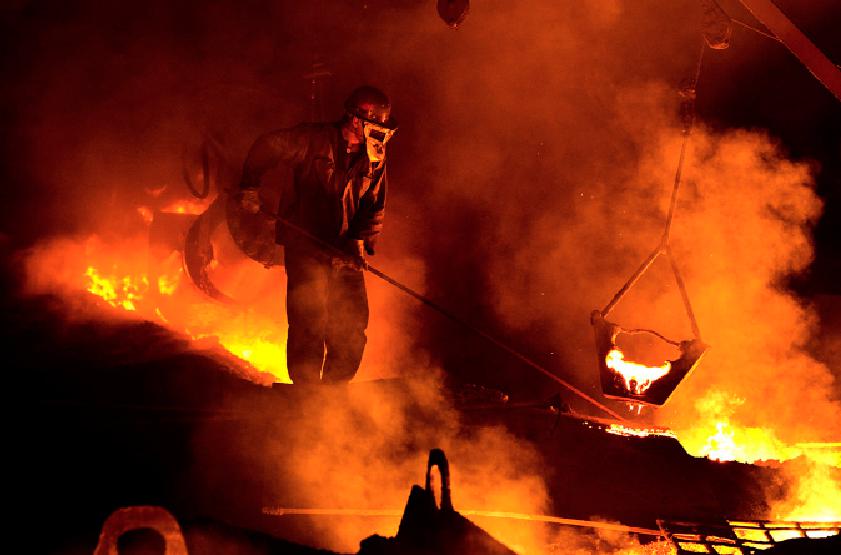
China and Rebalancing the Global Iron and Steel Trade
The G20 summit in Hangzhou - held in September - was the first meeting of national leaders that was able to reach a consensus on how to deal with overproduction of iron and steel,an issue that has attracted widespread concern. The global economy is in an adjustment phase and the iron and steel industry is undergoing a transformation begun at the start of the new century. China,the most important emerging country in the iron and steel sector,faces new and changing circumstances at home and abroad. In addition to surplus production,the major shifts in the trading environment include the urgent need to upgrade iron and steel technology,a sharp rise in steel exports,trade friction and pressure for greater dialogue with global players. This article discusses the changes confronting China's iron and steel business and the policies that should be used to address these changes,from the perspective of attaining a rebalancing of the global trade.
The difficulties facing China's iron and steel business reflect the fact that global production is undergoing a transformation and an across-the-board technological upgrading is a painful but necessary process. China needs to adjust its external policies regarding its iron and steel business based on the changing situation. It must actively participate in international dialogue at different levels,including gatherings such as the G20. This will help balance competition and cooperation among the bigger players in the iron and steel sector.
China will actively promote its exports and regulate inventories in a pragmatic management fashion. Its aim will be to tap the potential of the international iron and steel trade by creating opportunities for cooperation and development among developing countries and the modern world. The "One Belt,One Road" initiative,which seeks to promote trade and infrastructure development in emerging economies,should also promote the world's iron and steel business in a generally stable and open environment.
In recent years,new features have emerged in the external situation for China's iron and steel business. First,there has been relatively fast growth in China's iron and steel exports as well as their global market share. China's iron and steel business expanded dramatically at the beginning of the new century,helped by an undervaluation of the currency. This was used to promote import substitution as well as exports in iron and steel.





